6. Forrest Gump (1994)
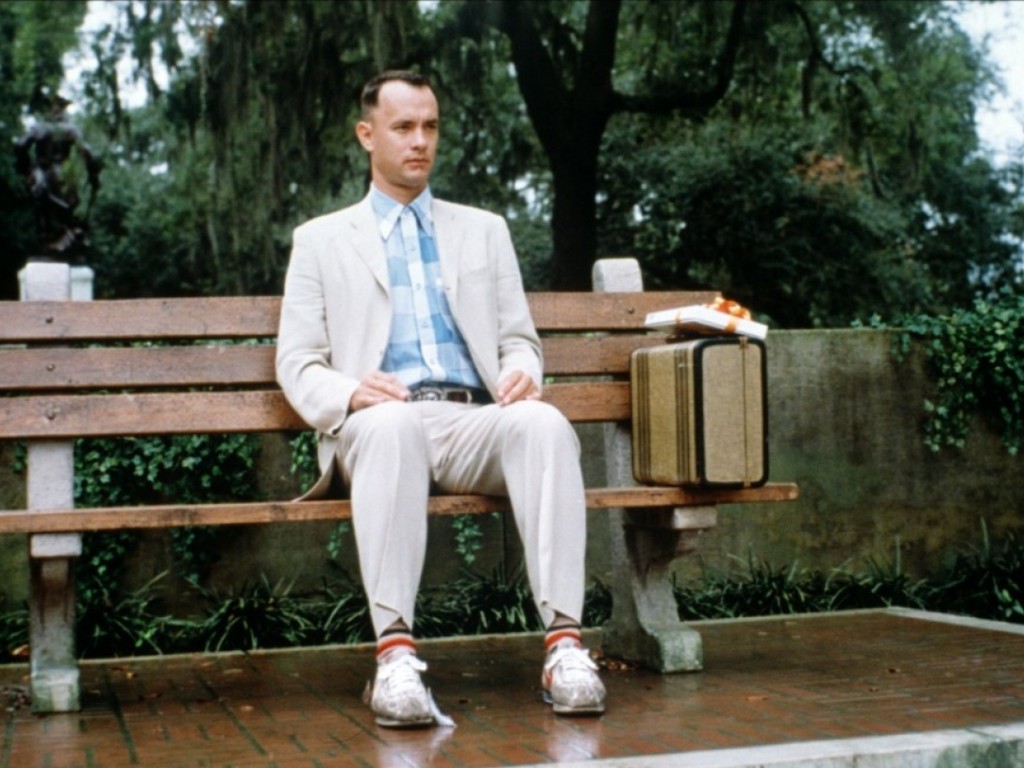
Forrest Gump’s iconic opening sequence, where we see a feather floating about until it finally lands on the eponymous character’s foot, actually contains numerous references to the events of the film. These references would of course be lost on audiences viewing the film for the first time.
The shoes that the feather lands on are actually Forrest’s running shoes from his cross-country jogging adventure. Forrest is then seen holding the famous box of chocolates, a gift he’ll later give to Jenny, and then he opens his briefcase to reveal a table tennis paddle and a Bubba Gump shrimp hat.
He then places the feather inside a copy of Curious George, a book we’ll later see his own mother reading to him—the present copy is on its way into the hands of his son he’s yet to meet. All of this establishes the film as starting in the middle—and soon after, we’re treated to the man’s life story in a series of flashbacks.
7. Inception (2010)
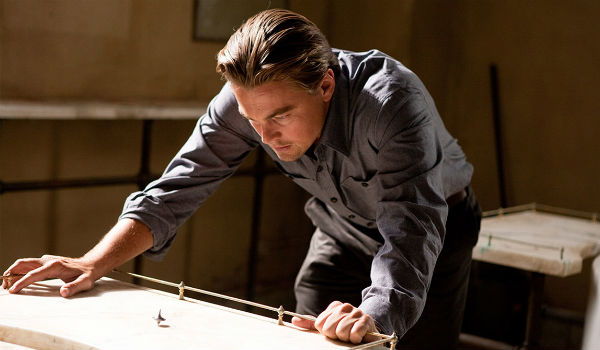
Christopher Nolan’s third entry on this list is the popular Inception, a film with twists and symbolism that have been hotly debated since its release. One of the biggest arguments is whether or not the entire film was a dream of Cobb, played by Leonardo DiCaprio. In the film, he explains that one can never remember the way a dream started, but simply they’re thrust into the middle, much like the audience was with the film opening on the end (similar to Memento).
The film also explains that numbers have weight in dreams—such as a train and the hotel room of Cobb’s wife (who committed suicide) both bearing the number 3502 (their taxi bears the number backwards—2053). Later, Cobb’s children inform him that they’re building a house on a cliff, much like Saito’s dream.
All of these clues combined serve to distract the viewer from the famous spinning top seen at the end of the film, almost outright telling us that the entire film was dreamt by Cobb.
8. Interstellar (2014)
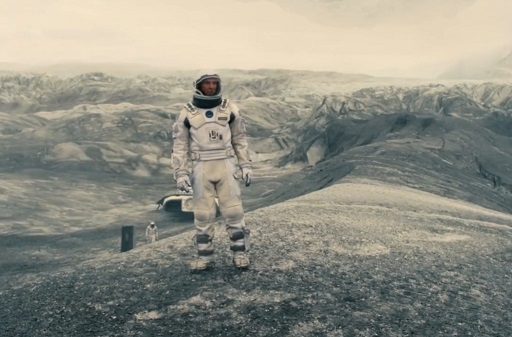
The final Christopher Nolan entry on this list, Interstellar wowed audiences with its visual effects and its methods of toying with physics. But in pure Nolan fashion, the spectacle came with a great (if confusing for some) story, wherein an astronaut (played by Matthew McConaughey) and his daughter become interested in a ghost who leads them to a NASA base.
With some bending of time-space, the astronaut turns out to be the very ghost that engaged the adventure to begin with. This twist was pretty shocking unless you paid attention—the very first line of dialogue has the daughter telling her father “I thought you were the ghost.”
9. The Sixth Sense (1999)
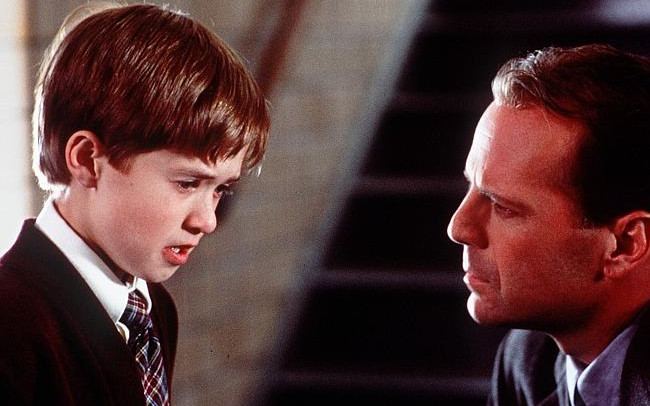
Perhaps the most famous example on the list, the Sixth Sense shocked audiences with its twist and showed that M. Night Shymalan had what it takes to make a compelling film—maybe. At the end of the film, we discover that Bruce Willis’ Dr. Malcom Crowe, a child psychologist hired to investigate young Cole’s (Haley Joel Osment) supposed ability to see dead people, has been deceased the entire time.
This threw audiences for a loop as Dr. Crowe has plenty of dialogue and is even seen sitting down for dinner with his wife. But upon a second viewing, with the twist already known, one can find a number of clues, such as Crowe’s lack of interaction with Cole’s mother despite her seeming to stare directly at him in a scene, or the fact that his wife doesn’t even acknowledge him when he sits down to their anniversary dinner—late.
All of these scenes were filmed in such a way that the twist is simply hinted at, but not made obvious, to the viewer, and they make the film a perfect candidate for a second viewing.
10. Blade Runner (1982)
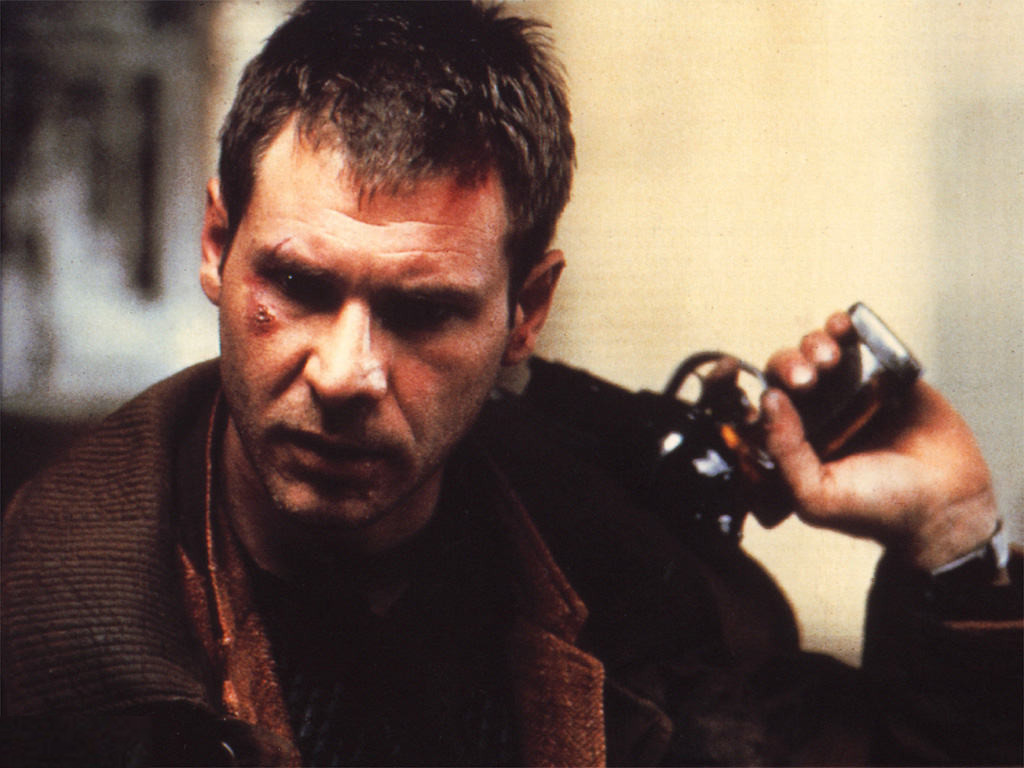
Blade Runner is certainly the most controversial entry on this list, for a myriad of reasons. This film has had people arguing for decades about whether or not Deckard, played by Harrison Ford, is a Replicant– incredibly realistic androids the man himself is hired to investigate.
Indeed, recent reports have come out that from the set of the film’s 2017 sequel, Blade Runner 2049, Harrison Ford and director Ridley Scott are still battling it out over whether or not the famous character dreamed of electric sheep. Many clues have been included in the film—depending on which version you watch, that is. Three major clues can be found in the film; one of them was cut from the theatrical release and included on the Director’s Cut, often cited as the “final” or “perfect” version of the movie.
In one scene, Deckard is shown sitting at a piano in his apartment, daydreaming about a unicorn. In another scene, Deckard receives an origami unicorn from the detective Gaff. Finally, there is a scene where Deckard’s eyes appear to glow red, much like a Replicant’s.
This, along with the recurring Unicorn theme (Replicants throughout the film are often tied to animal themes), seem to suggest that Deckard is in fact an android– a theory that the director himself subscribes to. However, with a sequel coming out starring the now 74-year-old Ford, that entire theory is once again thrust into question, and audiences may finally get the answer to the famous 35-year-old film’s biggest point of controversy.